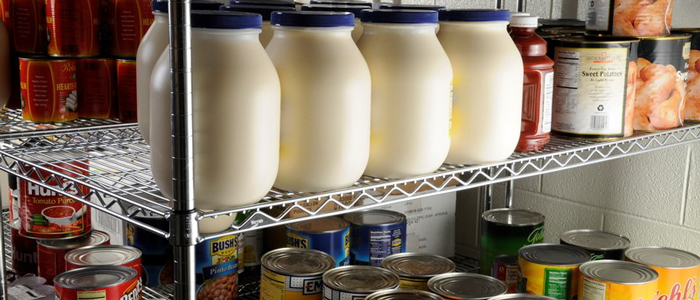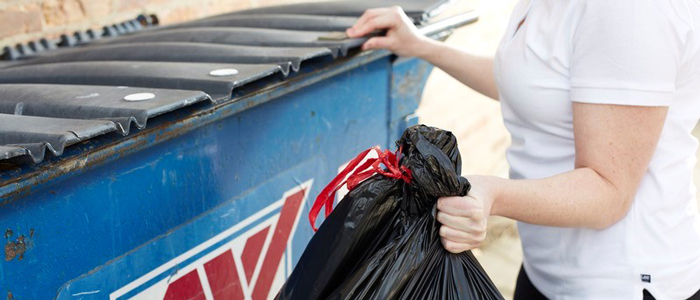Toss or keep?

In the event of an imminent health hazard – think hurricane, fire, tornado or flood – restaurateurs must notify the health department and concentrate on keeping everyone safe. However, the safety threat could continue afterward if your food inventory gets compromised. Standing or dirty floodwaters and power outages have the potential to contaminate foods or place them into the temperature danger zone, turning good inventory into unsafe inventory.
According to our ServSafe® food safety experts, it’s likely that if your restaurant has suffered heavy damage, you’ll have to toss most of your food inventory.
Generally, the only potentially salvageable items in many disaster situations are hermetically sealed cans and pouches that are undamaged, but you would have to clean, sanitize and re-label all of them. Check with your local health department to see if any unopened jars, bottles with crown caps or pull-tabs, aseptic-style boxes (think children’s juice boxes or boxed soup stocks), and unopened liquor or wine bottles are salvageable. Anything the health department says is not salvageable would have to be tossed.
Once the storm has passed, good organization is key to getting back to business with the least amount of financial loss. As you follow your approved emergency plan, and before you start throwing food away, get one of your team members to document what you’re about to discard because you could end up throwing away thousands of dollars’ worth of food and beverage. This document of loss should complement your standard inventory sheet, which, hopefully, is stored in an alternate location so you can calculate the value of what you throw out for insurance reimbursement.
After the imminent health hazard has passed and clean-up begins, contact your local health department for assistance in the cleanup process. This is important since your restaurant will have to obtain approval from the regulatory authority before you can resume operations. Getting the health department involved early on will help you make sure you’re doing everything right.

Here are some tips on how to dispose of the compromised foods:
- If your food inventory is determined unsalvageable, dispose of it in an area that is separate from food prep areas, other foods, equipment and storage.
- Secure the food in covered trash containers that prevent it from going back into inventory, or from service, sale or further processing.
- Ensure the food will not accidentally contaminate safe food items; clearly mark it as “NOT FOR SALE.”
- After you have removed contaminated food from refrigerated units, thoroughly wash, clean and disinfect the refrigerators.
- Disposal of contaminated or storm-compromised foods should be done in accordance with state and local waste disposal regulations in a licensed landfill.
Don’t create more problems for yourself after a weather event. Follow all food safety protocols to protect your customers, yourself and your business.
For more information about restaurant food safety and refresher training and certification for the industry, visit FoodSafetyFocus.com